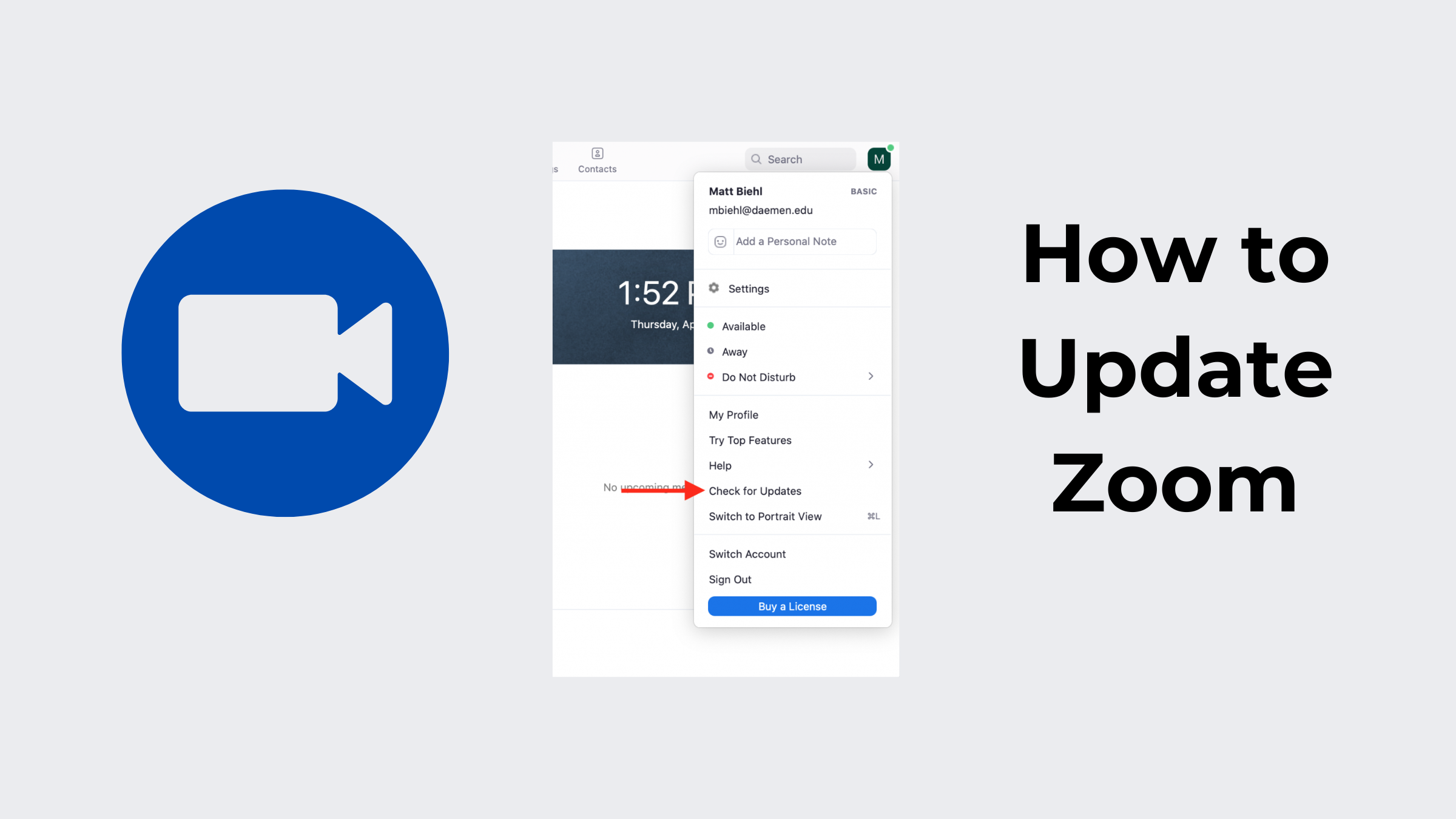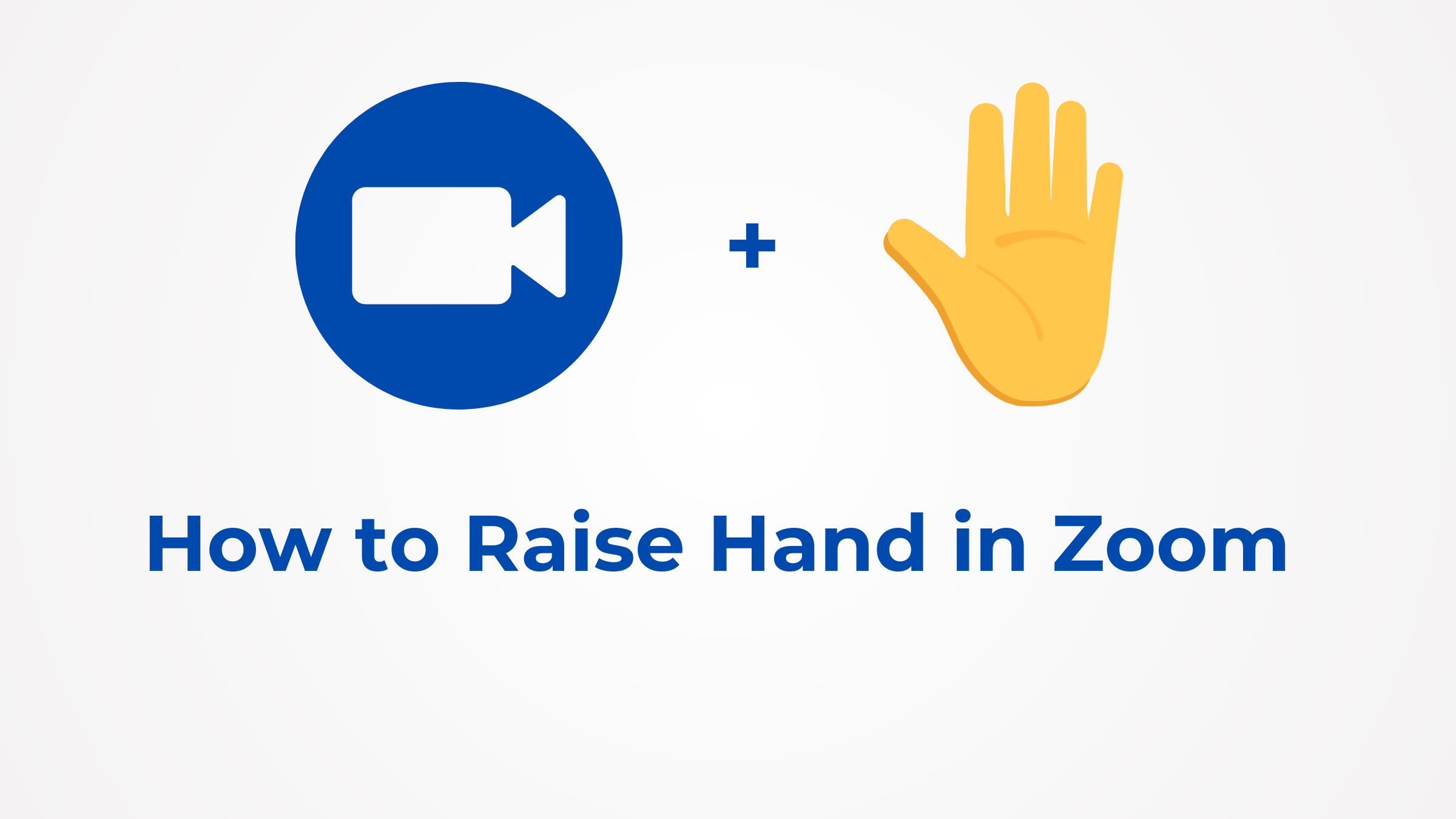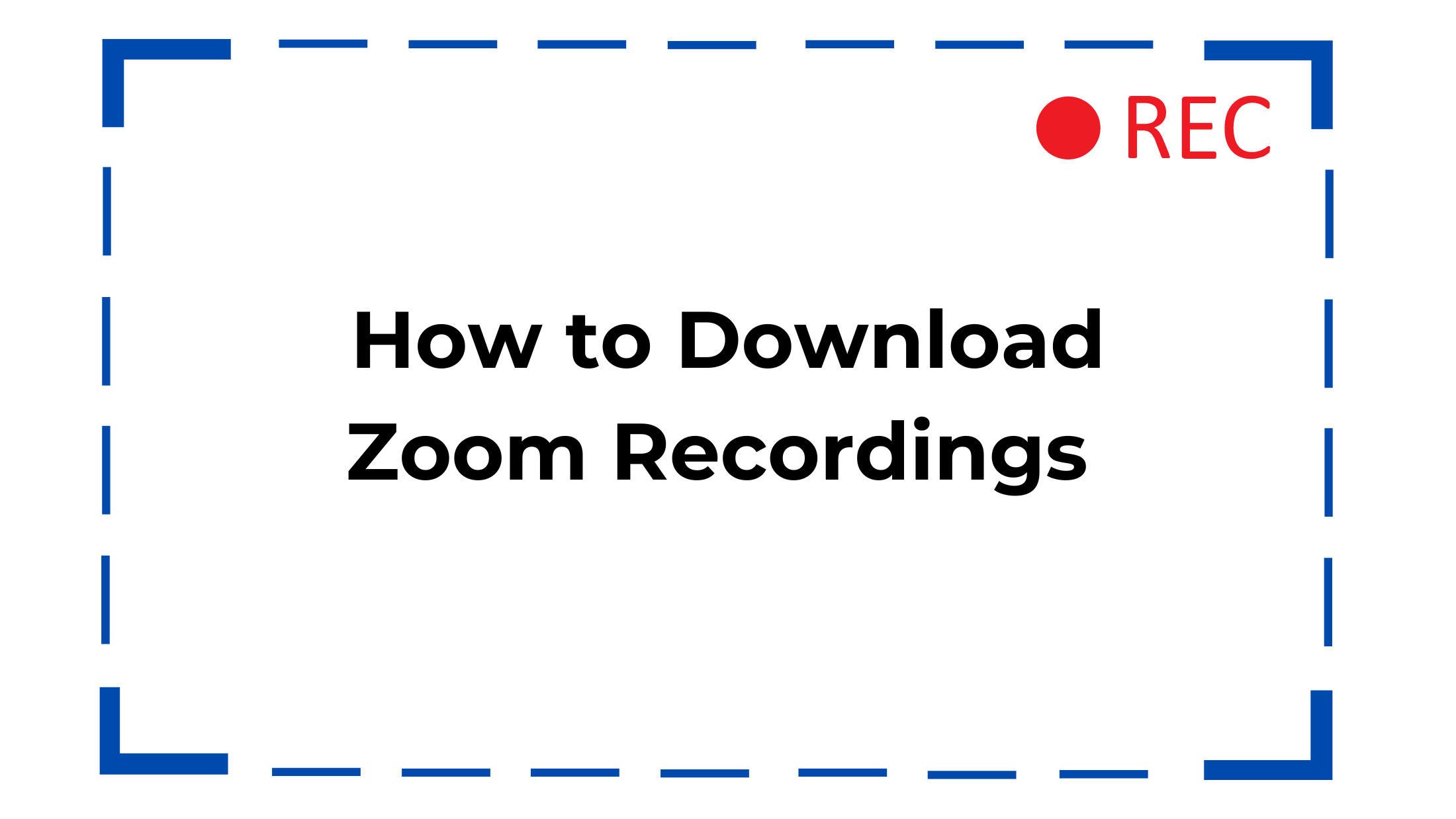Best Video Conferencing Equipment to Upgrade Your Setup in 2025

As we enter this year, virtual meetings remain a dominant way of communication be it an individual working from remote, an educator, or even a business executive. The best video conferencing equipment can dramatically enhance how you're seen, heard, and understood.
In this guide, we shall explore the fundamental tools to achieve an excellent setup; we will also feature some tips to make your video calls smooth and productive.
Part 1: Best Video Conferencing Equipment
1. Camera / Webcam
A camera or webcam serves as one of the most essential components of a video conference setup. High-quality video not only enhances clarity and engagement during virtual meetings but also reinforces professionalism and presence. Therefore, investing in a capable camera or webcam is fundamental for anyone seeking to elevate their video conferencing experience.
Recommended: OBSBOT Tiny 2 4K Webcam
The OBSBOT Tiny 2 is built for professional-level video clarity, making it an ideal choice for video conferencing. Its compact design and advanced features deliver sharp, vivid visuals that keep you looking your best in every meeting. Whether you're a remote worker or a team leader hosting virtual calls, it ensures a polished, high-quality presence on screen.
Key features of OBSBOT Tiny 2
- 4K Resolution: It will give high-quality video, which will make your image sharp even in large video calls.
- AI Tracking: Keeps you perfectly framed as you move, ensuring a smooth and professional presence throughout your video calls — no manual adjustments needed.
- Voice control: Use voice commands like "Track Me" or "Zoom In" to adjust the camera hands-free during meetings — ideal when presenting or multitasking.
- Beauty Mode: Look your best on video calls with one click — Beauty Mode smooths your skin and brightens your eyes instantly, so you're always camera-ready without makeup.
- Group Mode: Automatically adjusts the frame to include everyone in multi-person meetings.
- Dual Native ISO: This will ensure great image quality in low-light conditions, and you will always look very well lit.
All these features maximize your experience while on a video conference, ensuring that you are clear, visible, and framed perfectly, without all the hassle of needing to adjust the camera manually.
2. Microphones
Clear audio can make or break a virtual meeting. For video conferencing, USB microphones are a popular choice due to their plug-and-play simplicity and excellent sound quality.
Recommended: Blue Yeti USB Microphone

- Studio-grade sound quality ensures your voice is crisp and professional.
- Multiple pickup patterns (cardioid, omnidirectional, bidirectional, stereo) let you adjust for solo calls or group settings.
- User-friendly controls for volume, mute, and gain make it easy to manage during live meetings.
- Portability makes it easy to set up in home offices or on the go.
This microphone is an ideal companion for those looking for professional-grade audio without a steep learning curve.
3. Speakers & Headphones
Your audio output matters just as much as your mic when you are in a video conference. Whether you prefer to hear through speakers or headphones, there are great options available now.
Recommended Headphones: Sony WH-1000XM5

- Active Noise Cancellation blocks out background noise, helping you stay focused.
- Long battery life ensures you're covered for extended meetings.
- Crystal-clear mic input doubles as a backup audio device.
- Comfortable design suitable for all-day wear.
Recommended Speaker: Anker PowerConf S3 Bluetooth Speakerphone

- 360° voice pickup is ideal for small team huddles.
- Noise reduction and echo cancellation improve sound clarity.
- Portable and wireless, making it easy to carry between rooms or office setups.
4. Internet
A great setup for your video conference can be ruined by poor internet. For stable, high-quality video conferencing, a strong and reliable internet connection is non-negotiable.
- Wired connection (Ethernet) is the most stable and preferred for professional meetings.
- If you're on Wi-Fi, use a high-speed router, ideally supporting Wi-Fi 6 or newer.
- Keep bandwidth-hogging applications closed during calls to maintain performance.
Fast, reliable internet ensures your video stays clear, your voice doesn't lag, and your meetings run smoothly.
5. Whiteboards
For teams and educators, collaborative tools like whiteboards are essential for brainstorming and presentations. This makes sure that you can fulfill the purpose of your video conference.
Recommended Virtual Whiteboards:
- Jamboard (Google Workspace): Easy integration with Google Meet and other Google tools.
- Miro: A flexible online whiteboard with a rich set of templates, sticky notes, flowcharts, and drawing tools.
These tools promote real-time collaboration and visual brainstorming, enhancing engagement during meetings.
6. Video Conferencing Supporting Gear
To complete your setup, consider these additional tools:
- Lighting: Use a ring light or softbox to eliminate shadows and brighten your face naturally.
- Tripods: Stabilize webcams or smartphones with a good tripod for consistent framing.
- Backgrounds: Virtual or physical backdrops (e.g., collapsible green screens or fabric backdrops) help maintain a clean, professional look.
- Cable Management: Keep your space tidy and functional with cable organizers and USB hubs to reduce clutter and streamline connectivity.
These supporting elements help you create a clean, professional, and high-functioning video conferencing environment.
Part 2: Tips to Optimize Your Video Conferencing Setup
Beyond just having the best video conferencing equipment, here are a few practical ways to maximize your performance in meetings:
1. Choosing Reliable Video Conferencing Software
Pick software that matches your team size, features needed, and integration with your workflow:
- Zoom: Great for large meetings and webinars, with features like breakout rooms and robust screen sharing.
- Microsoft Teams: Ideal for those using the Microsoft 365 ecosystem.
- Google Meet: Works seamlessly with Google Workspace, perfect for schools and startups.
- Slack: Better for short, quick team check-ins and integrations with task management tools.
2. Positioning Your Camera and Microphone
- Eye level: Keep your webcam at eye level for natural engagement.
- Microphone distance: Place your mic 6–12 inches from your mouth for best results.
- Avoid placing the mic near fans or noisy electronics.
3. Lighting Best Practices
- Face a window or light source, not away from it.
- Use diffused lighting to avoid harsh shadows.
- Avoid overhead lights alone, which can cast unflattering shadows.
4. Reducing Background Noise and Distractions
- Choose a quiet space for calls.
- Use noise-canceling headphones or software filters (like Krisp).
- Let household members know when you'll be in meetings.
- Blur or replace your background if your surroundings are distracting.
Part 3: FAQs about Best Video Conferencing Equipment
1. Do I need a 4K webcam for video conferencing?
In most cases, you don't need a 4K webcam for video conferencing. But remember that a 4K webcam like the OBSBOT Tiny 2 ensures exceptional clarity and future-proofs your setup. It's especially valuable for professionals and presenters.
2. Which device is commonly used for video conferencing?
When it comes to video conferencing, laptops and desktop computers with external webcams and microphones are most common, but smartphones and tablets are also used, especially with high-quality mobile accessories.
3. Is Zoom better than Teams for video conferencing?
It depends on your conference's needs. Zoom is excellent for events and flexibility, while Teams integrates better with corporate Microsoft environments. Choose based on your team's workflow.
4. Can I use my smartphone for video conferencing?
Yes, you can absolutely use your smartphone for video conferencing, and in many cases, it's a great option.
Conclusion
Upgrading your setup with the best video conferencing equipment is a smart move for anyone working remotely or participating in regular virtual meetings. The right tools, like the OBSBOT Tiny 2 webcam, a high-quality microphone, and a solid internet connection, don't just improve how you appear on screen; they enhance communication, reduce distractions, and help you come across as more professional and prepared.
Whether you're building a personal setup or outfitting a team, choosing quality gear and optimizing your environment ensures every meeting runs smoothly and leaves a lasting impression.














